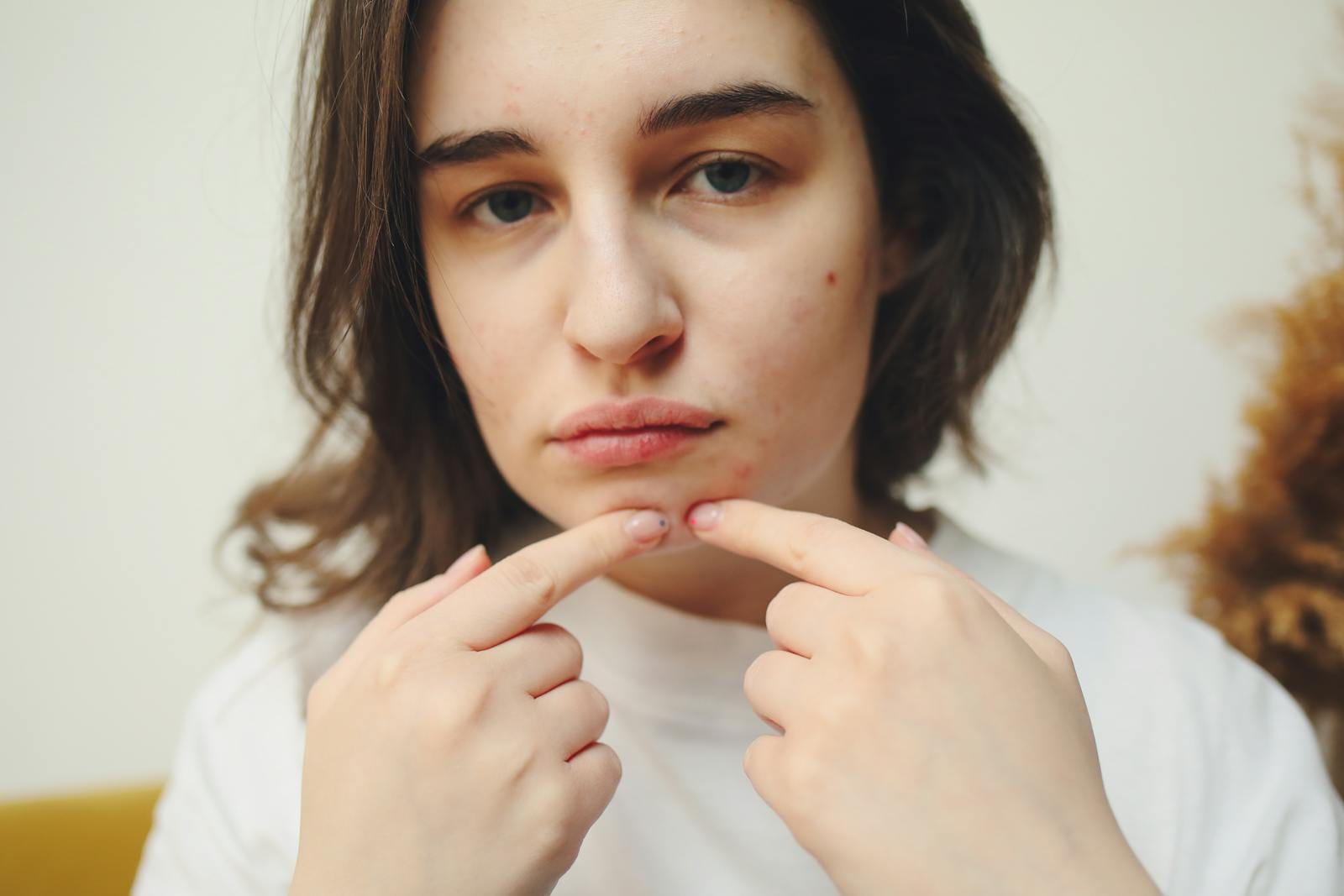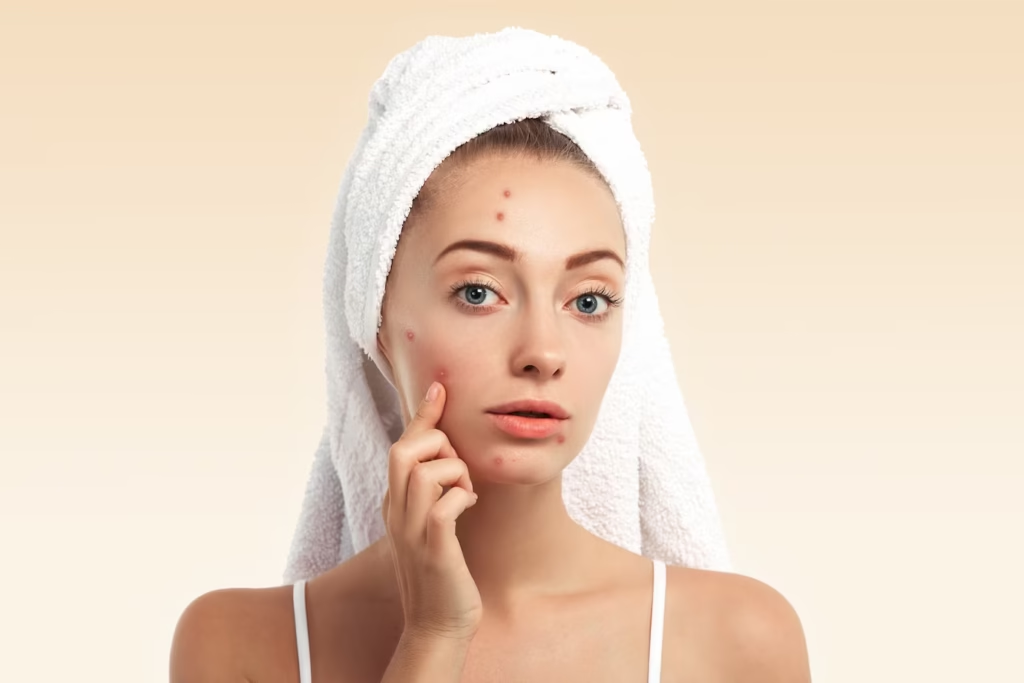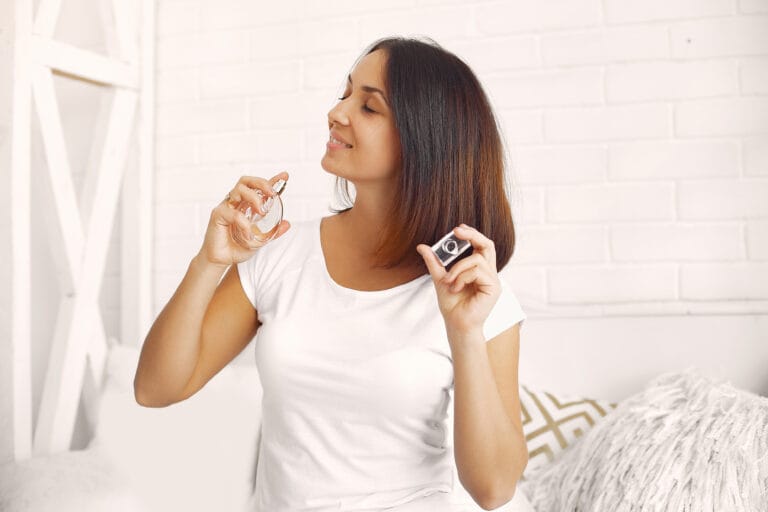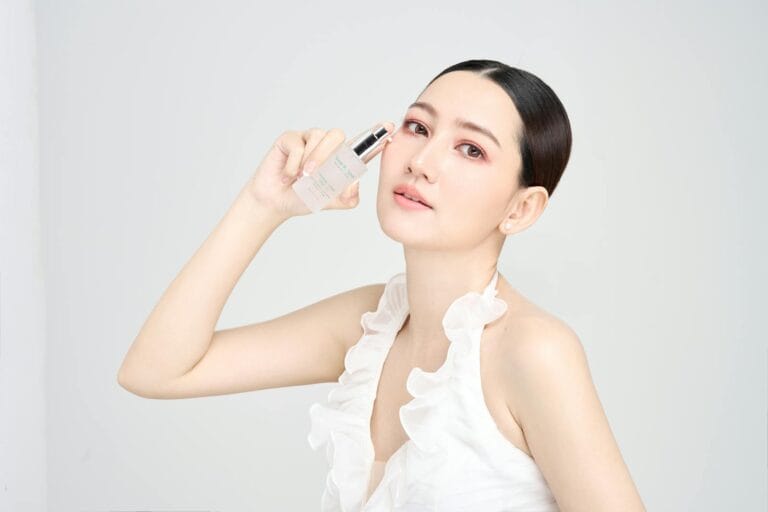
Is It True That Acne Patches Can Get Rid of Acne?

- What Is an Acne Patch?
- Materials and Layer Structure of Acne Patches
- Types of Acne Patches
- How Does an Acne Patch Work?
- Effectiveness and Benefits of Acne Patches
- Tips for Safe Acne Patch Use
What Is an Acne Patch?
An acne patch, commonly known as a pimple patch, is a thin plaster specifically designed to treat acne. This product works by being applied directly to active acne to accelerate the healing process. It is generally thin and small, making it almost invisible when worn on the skin.
There are various acne treatments available, both topical and oral. Among topical treatments, patches are the most commonly used due to their practicality, hygiene, and convenience. Acne patches are highly popular because they can treat and conceal acne at the same time.
Materials and Layer Structure of Acne Patches
The material used to make acne patches consists of synthetic hydrocolloid or hydrogel. These materials contain two layers: a colloid layer and a water-impermeable layer. The colloid layer serves as the inner layer, while the water-impermeable layer functions as the outer layer.
The purpose of the water-impermeable layer is to provide protection and help prevent the spread of pathogenic microorganisms. However, this layer can also create hypoxic conditions (lack of oxygen), which may promote the growth of P. acnes bacteria. Since this protective layer is not very effective in directly treating acne, some medical-grade acne patches contain additional substances such as benzoyl peroxide, salicylic acid, or chlorhexidine, which help inhibit bacterial growth.
Types of Acne Patches

Acne patches are divided into two categories: non-medicated and medicated patches. Non-medicated acne patches contain only hydrocolloid, which works by absorbing and collecting fluid from inside the acne lesion into the patch layer. This allows the pimple to shrink without the need for squeezing.
This type is particularly suitable for treating whiteheads. However, if the acne is a papule containing pus or a nodular type, a medicated acne patch is required, containing ingredients such as salicylic acid, benzoyl peroxide, triclosan, and other anti-acne agents. In addition to reducing acne swelling, these active ingredients help soothe the redness and inflammation associated with breakouts.
How Does an Acne Patch Work?
Pus from acne is absorbed into the acne patch through the absorption mechanism of the hydrocolloid material. This material consists of hydrophilic particles that can absorb fluid and transform it into a gel. Because hydrocolloid is a polymer, its structure retains the gel inside the patch, preventing it from leaking out. The completion of this absorption process is indicated by a color change in the patch, from transparent to white.
Effectiveness and Benefits of Acne Patches
The results of in vitro antibacterial tests show that hydrogel patches are effective not only on the skin underneath but also on the surrounding skin. The addition of Transcutol CG or diethylene glycol monoethyl ether in the patch formulation has been proven to enhance the accumulation of triclosan in the skin without excessively increasing transdermal penetration. This patch also adheres well to the facial skin and can be removed without causing pain.
Another advantage is the hydrophobic outer layer, which prevents the entry of dirt, dust, water, and other harmful substances. This feature helps reduce the risk of contamination from pathogenic bacteria and impurities, allowing the healing process to proceed more quickly.
Read more:
How Do Acne-Causing Bacteria Trigger Skin Inflammation?
Tips for Safe Acne Patch Use
Several important factors must be considered when using acne patches, including usage duration and skin hygiene. Since acne patches come into direct contact with the skin and acne, maintaining clean skin before application is essential to ensure proper adhesion. The recommended wearing duration is 6-8 hours; after this period, the skin should be cleaned before applying a new patch.
This practice ensures sterility and helps maintain skin moisture, preventing the growth of pathogenic bacteria in the surrounding area. By replacing acne patches regularly and as needed, the healing process can be accelerated. However, potential side effects should still be considered, as some individuals may experience allergic reactions to certain ingredients.
Want to ensure your acne patch or cosmetic product truly works as claimed? Have your cosmetic efficacy tested by a reputable laboratory. This testing ensures your product has scientific evidence to support its effectiveness claims, giving consumers greater confidence.
Author: Delfia
Editor: Sabilla Reza
References:
Qothrunnadaa, Taqiyyah & Nur Hasanah, Aliya. 2021. Patches for Acne Treatment : An Update on the Formulation and Stability Test. International Journal of Applied Pharmaceutics. 21-26. 10.22159/ijap.2021.v13s4.43812.



